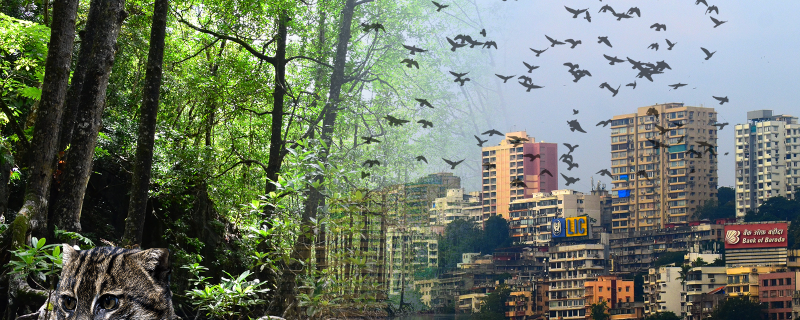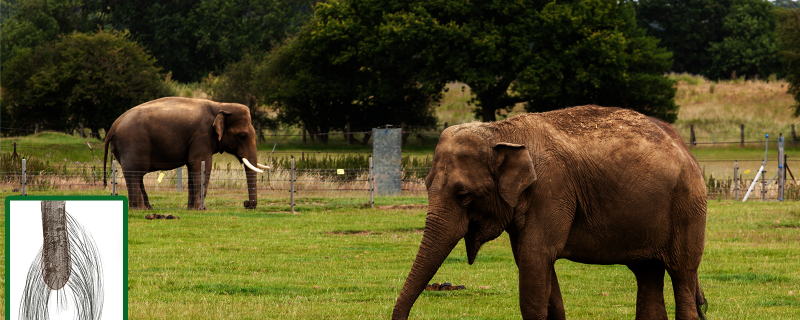A study finds that the rapidly expanding land use of Mumbai is driving the region’s remaining wildlife into the remnant forest fringes.
IIT Bombay’s new deep learning framework, named SpADANet, enhances damage classification accuracy using limited labels across multiple hurricanes.
Mumbai/






![Rusty-spotted cat ((Prionailurus rubiginosus) [Image Credits: Davidvraju / CC BY-SA] Small but significant: Counting India’s elusive small cats](/sites/researchmatters/files/styles/large_front_800x320/public/rustycat6juk.jpg?itok=VIxf1d0U)
